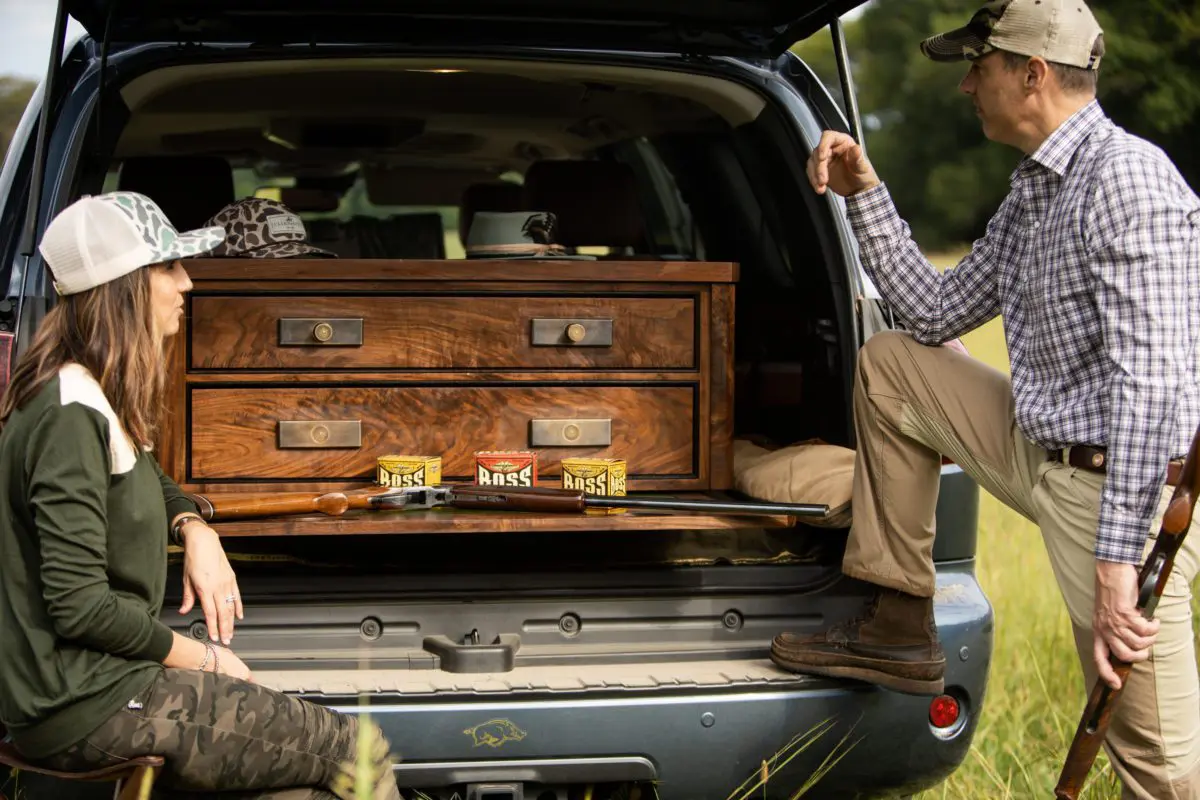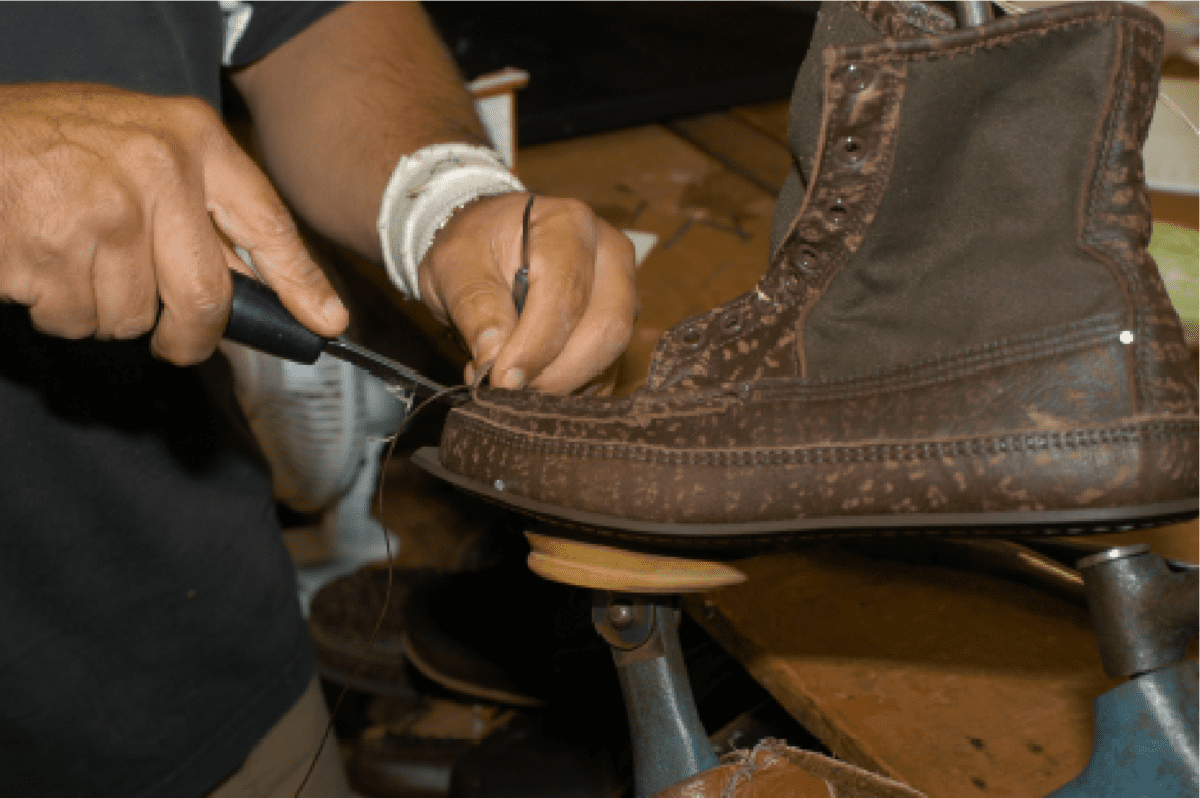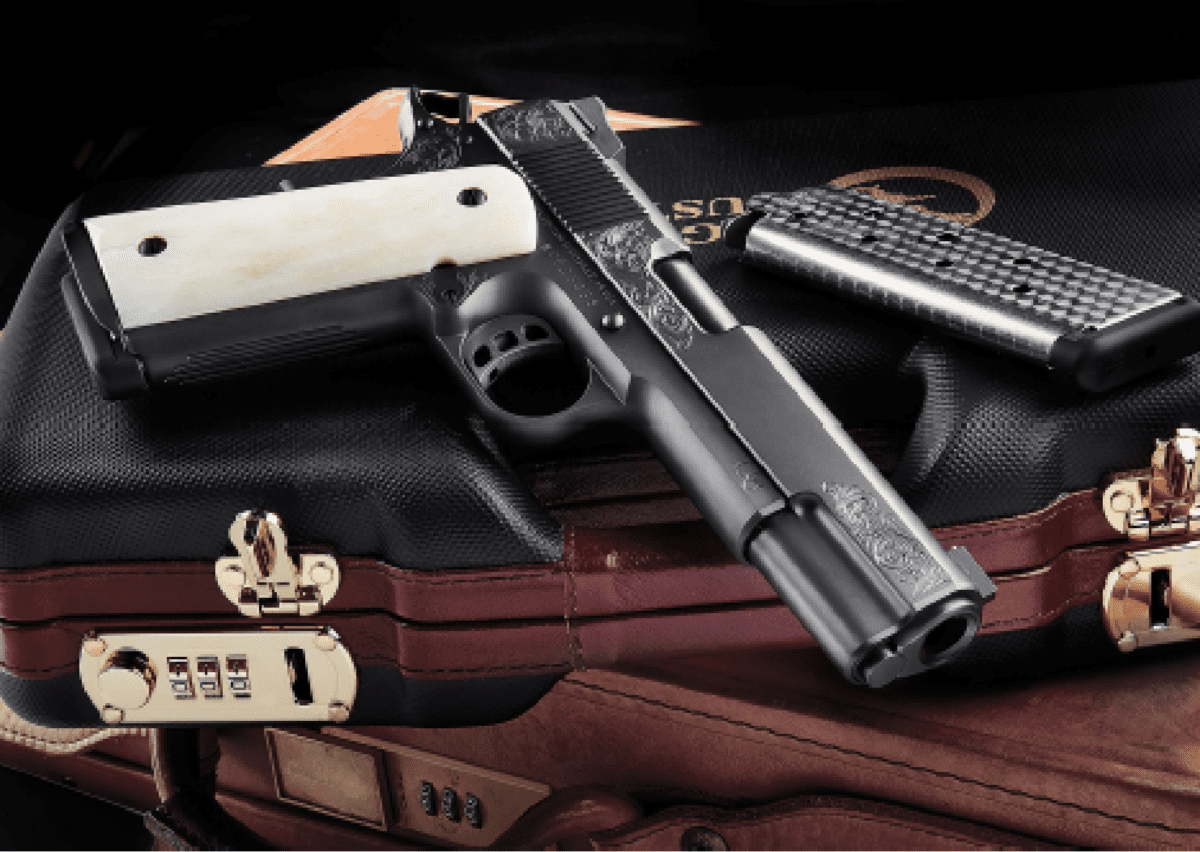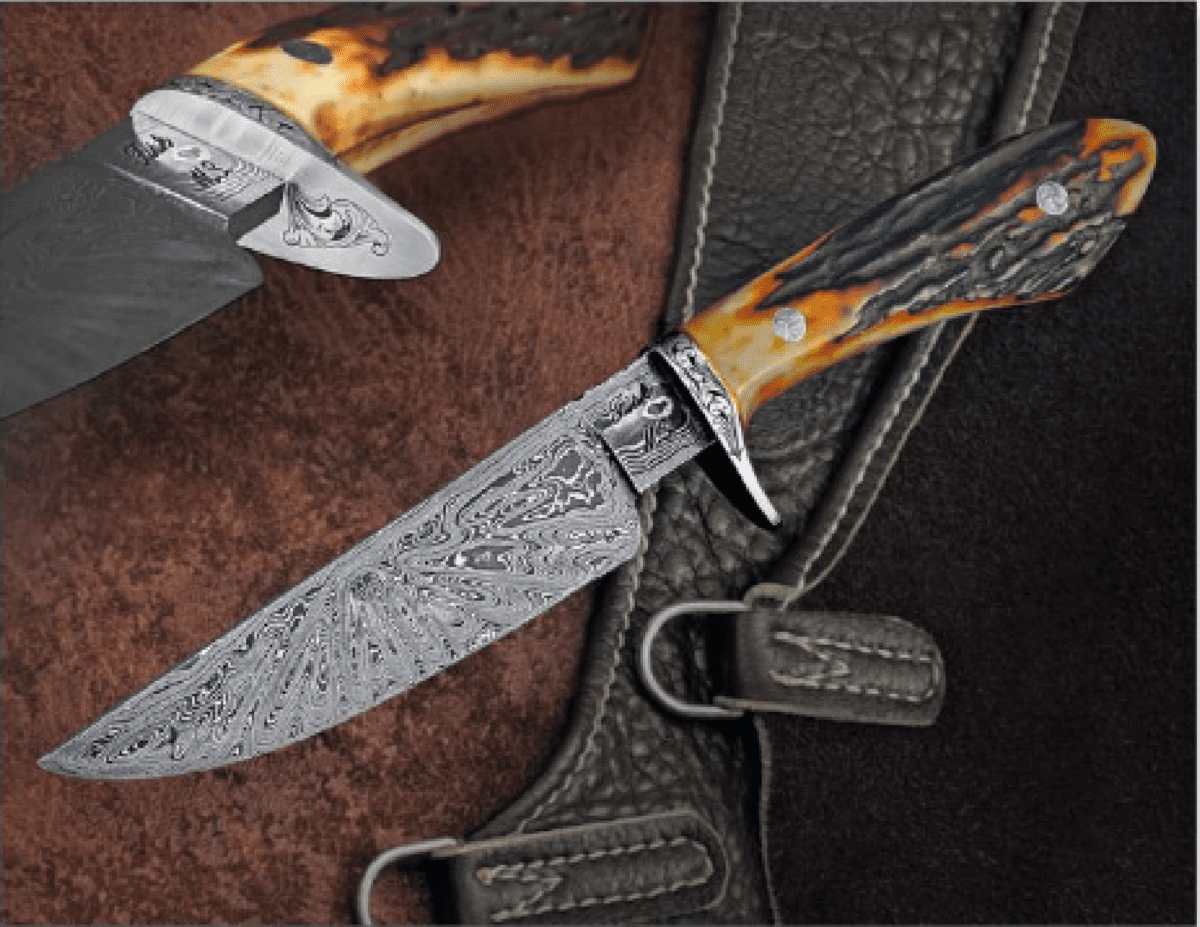
Up North, if you’d like your iced tea a bit sweeter, you dump a teaspoon or two of sugar in your glass and stir vigorously. The result is pretty much the same tea but with a lot of undissolved sugar at the bottom of the glass. Or, you can add the contents from one of those little pink or yellow packets to your tea. These powders dissolve quickly but add a distinctly chemical taste to the tea. Either way is quick and easy but, as to the results, Grandma would be standing there and shaking her head.
Down South, if you’d like your iced tea sweeter, you make southern-style sweet tea. This is freshly brewed black tea that’s sweetened with pure cane sugar while hot, chilled until cold, and then served over ice. From start to finish, it takes about 50 minutes.
To make this traditional beverage, pour boiling water over your tea bags and let steep for at least 15 minutes. Black tea will usually be labeled as Orange Pekoe. Use spring, not tap, water and add cane sugar while tea is still hot. The secret ingredient? A pinch of baking soda will ensure your tea is clear, not cloudy. Let cool and then refrigerate.
The result is sublime and will even stand up to a jigger or two of good bourbon.
Sweet tea is a classically Southern concoction for three reasons: First, like all good things down our way, it takes some time to make. Second, the ingredients are simple, but natural and fresh. And third, because it tastes so damned good, we appreciate the effort that went into it.
Beyond our “down home” food and drinks, another great Southern tradition is our local game fairs that celebrate traditional outdoor sports such as hunting, fishing and falconry and also provide a showcase for area craftsmen to exhibit their wares. We have been traveling to a number of southern game fairs recently, and have noticed that there are more and more craftsmen who are turning out top-notch work, from furniture to knives and from duck calls to hats.
Quality, of course, is important but I believe we must now consider another dimension in respect to craftsmanship: It’s not only about something that’s finely made, but also about something that’s made to last.
Craftsmanship is the best antidote to all the “cheap stuff” in our throwaway society. A case in point: A recent article in the New York Times by Debra Kamin titled “Fast Furniture’ is Cheap, Stylish and Clogging America’s Landfills,” she wrote, “ ‘Fast Furniture’, which is mass-produced and relatively inexpensive, is easy to obtain and then abandon.”
“Many of the Ikeas beds and Wayfair desks,” Kamin notes, “bought during the Covid-19 lockdown were designed to last five years, said Deana McDonagh, a professor of industrial design at the University of Illinois.
Five years? Really? If grandma knew, she’d be standing there shaking her head, again! I mean, how many of us have a brass bed that’s been in the family for a few generations and will still be going strong for at least a few more.
“I relate to fast furniture like I do to fast food,” McDonagh continued, “it’s empty of culture, and not carrying any history with it.” What’s not empty are our landfills. Kamin notes, “Each year Americans throw out more than 12 million tons of furniture, creating mountains of solid waste that have grown more than 450 percent since 1960, according to the Environmental Protection Agency. It’s quite a big problem both spatially and also because of the way a lot of ‘Fast Furniture’ is made now, it’s not just wood and metal but also with materials that don’t biodegrade or break down.”
Instead of planned obsolescence, we need to focus on long term value.

At Julian & Sons, together with likeminded companies, we love the term, “Conservation through Craftsmanship,” the simple but powerful notion that we must build things for the long-haul, not the landfill. Here at Julian & Sons, our Overland Chest, which is at once a locker for your guns and gear while also serving as a portable tailgating bar, is a true heritage product designed and built to pass on from one generation to the next. They will fight over it when you’re gone.
This concept goes beyond the individual craftsman to include outfits
where a number of skilled hands are producing lifetime products. I’m proud, along with Luke Kolbie founder of Kingfisher Leatherworks, to be stewards of the Russell Moccasin legacy. Russell Moccasin has been handcrafting outdoor footwear in Berlin, Wisconsin since 1898 and continues with the same custom manufacturing processes to this day.

Their footwear, I would say, is also a heritage product. Russell Moccasins uses the best quality natural materials put together with outstanding workmanship from master bootmakers. Their boots will provide years of dependable service and, if worn out, can be re-crafted to new condition. We should be thinking “durable” and “renewable,” not “disposable.”
My friends at Nighthawk Custom, in Berryville, Arkansas, are another
example of superb craftsmanship on a larger scale. Formed in 2004 by a group of four talented individuals who had a passion for the 1911 platform, the company has grown to some 95 full-time employees and a number of custom firearm offerings.

Each pistol at Nighthawk Custom is built from start to finish by a single gunsmith. Their slogan and philosophy, not surprisingly, is “ONE GUN, ONE GUNSMITH.” Every part used in the company’s Custom 1911s has been fully machined from bar stock billet and parts are intentionally oversized to later be hand fit, part by part, to create a functional piece of art. When the pistol is completed, each gunsmith then uses a personalized metal stamp with his initials to mark his work on the gun’s left grip panel. The company notes, “While this might not be the fastest, most efficient, or most cost-effective way to build a firearm, it is the way that our customers expect and deserve.”
To me, this is an example of American craftsmanship at its very best.
I’ve talked about craftsmanship in terms of quality and conservation. We all realize today that our natural resources are not unlimited, nor is the space to throw away all our cheap, worn-out stuff. There is another aspect I’d like to touch on and that is the aesthetic component of well-crafted items.
Like southern sweet tea, we appreciate the time and effort it takes to produce things that are done right. My friend Jerry Fisk, from Nashville, Arkansas, has been working full-time as a Master Bladesmith since 1989. In 1999, he received the honor of being name a National “Living” Treasure.
He notes that, “All my blades from field grade to ornate pieces are tested to insure they perform in the manner for which they were designed for and made as strong as the design allows.”
Jerry goes on to say, “In these modern times you have to search for something that a craftsman/artist makes one-at-a-time. The days of one person working in their shop to create functional art are fast going, as it seems we live in a disposal world. This is your time to own something for you and your family that can be passed down. Each generation will have stories of the piece and the memories it holds for them. That is something to treasure for the ages.”

Indeed, it is. So, let’s make a point of using our hands to create and build the best we know how, to create a legacy of well-made things that we are proud to pass on because in each is part of who we are and what we believe in. How sweet that would be. Julian & Sons is an investment in YOUR future. We advise to WILL The Overland Chest to its heir because they will fight over it when you’re gone.




